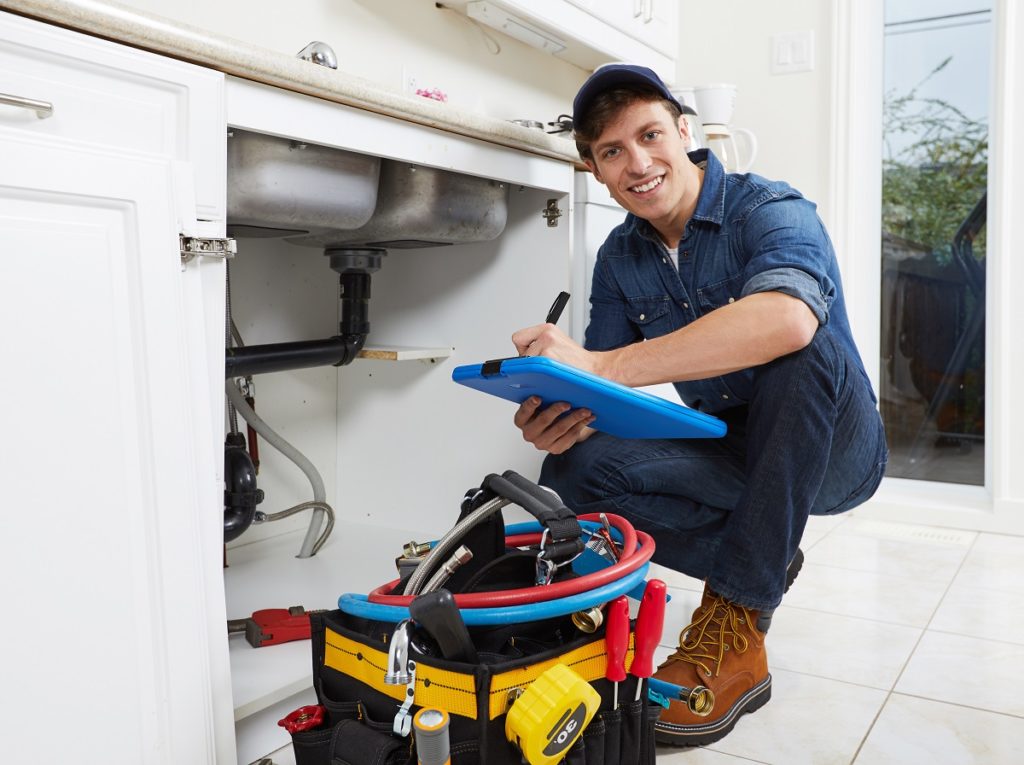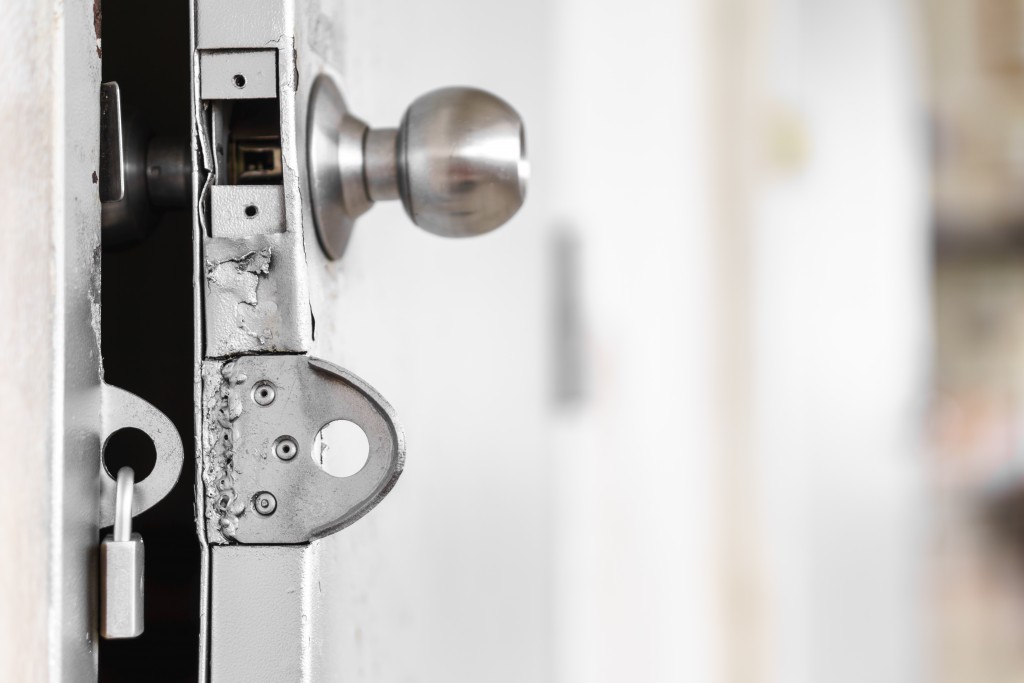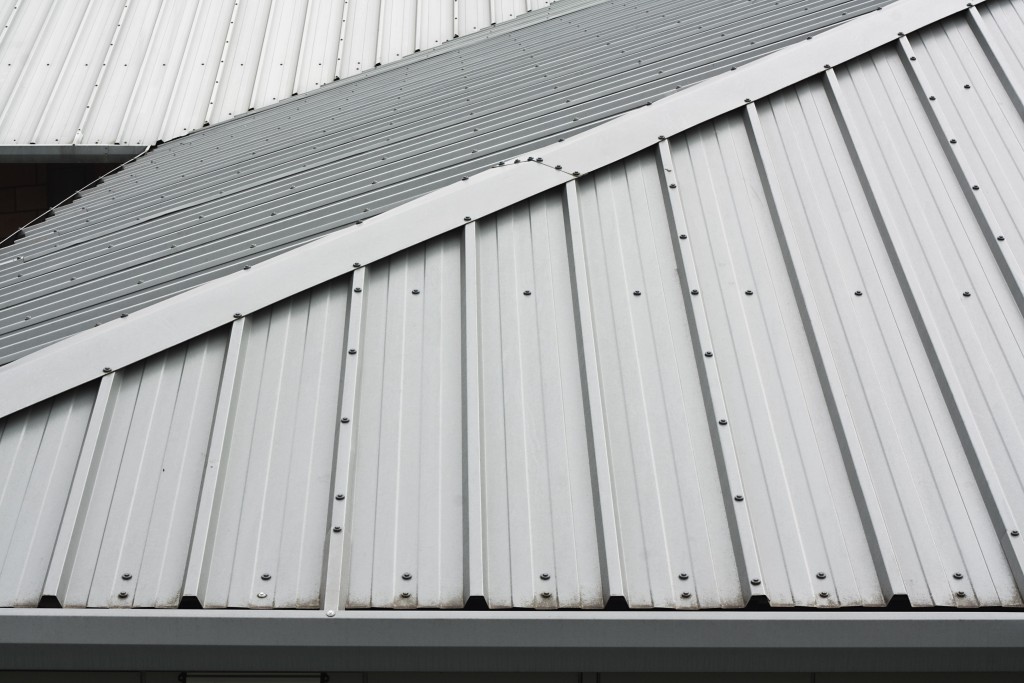For first-time homeowners, sewage backups are an unfortunate and distressing issue that, sadly, they will eventually face, especially if they’ve purchased an old house that might have had undetected sewage issues at the time of the sale.
Yes, it’s inevitable: over time, sewer lines and your house’s pipes are going to start breaking down, and they’re going to make your house smell, well, like sewage. Here’s a small consolation, though: it’s not exactly your fault! Sometimes, these things do happen, and with good reason: sewer pipes, no matter what they’re made of, are constantly exposed to water, bacteria, and a lot of unpleasant stuff that we don’t really want to mention here, so it’s natural for them to start breaking down over time.
Of course, if your pipes weren’t installed properly or you shove a firecracker in your toilet (PLEASE, don’t do this: it is dangerous and probably illegal!), you’re going to damage your main sewer lines much faster than intended, not to mention cost you a whole lot of money.
We asked sewer line repair experts about the true cost of having your sewage repaired, and their answer stinks:
Sewer Line Repairs/Replacements Cost You by the Foot
On average, it costs around $50 and up to $250 to repair or replace each foot of sewer line, which means the overall cost will depend, of course, on how long of your sewer line needs fixing and what kind of repair is needed. Obviously, the more damaged the sewer line, the more it’s going to cost, mostly because your plumber will have to bring in special equipment, and more so if it needs a complete replacement.
But before you ask your plumber to just replace the whole darn sewer line, you need to know: it’s going to cost you even more, that’s because:
New Sewer Lines Are in the Thousands of Dollars
Who knew something so stinky could cost so much?! A new sewer line can cost homeowners a minimum of $1,000 and can go up to $5,000, depending on the type of piping you get. Normally, PVC is the choice material for sewage lines, but depending on your needs, you could go for a couple of other options:
- Cast Iron Pipes: usually used in lieu of PVC because of its sturdiness. However, if not treated properly, it can be prone to rust.
- Lead Pipes: cheaper and much sturdier than cast iron, lead-lined or lead-soldered pipes are pretty dangerous if not treated with lead abatement chemicals. Requires a very specialized and professional plumber to install.
- Orangeburg Pipes: made of specially-treated wood pulp. Easily the most fragile of materials, but it does allow plumbers to use it for trenchless lining, making it cheaper and easier to install.
You’ll need to work closely with your plumber to make sure that you get the right pipes for the right needs.
Watch out for These Signs
But how do you know when to have your sewer line replaced? Well, here are three of the most common “symptoms”:
- Bubbling/Gurgling Sinks and Toilets: This often happens when the gas venting system of your sewer line is blocked, causing trapped air to exit through the sink and toilet.
- Slow Drains: Any type of clog should be a red flag for homeowners, and a plumber needs to be called ASAP.
- Your Bathroom/Kitchen Stinks: Again, this means that the gas ventilation of your sewer line isn’t working and the gases are starting to escape through places that they shouldn’t.




